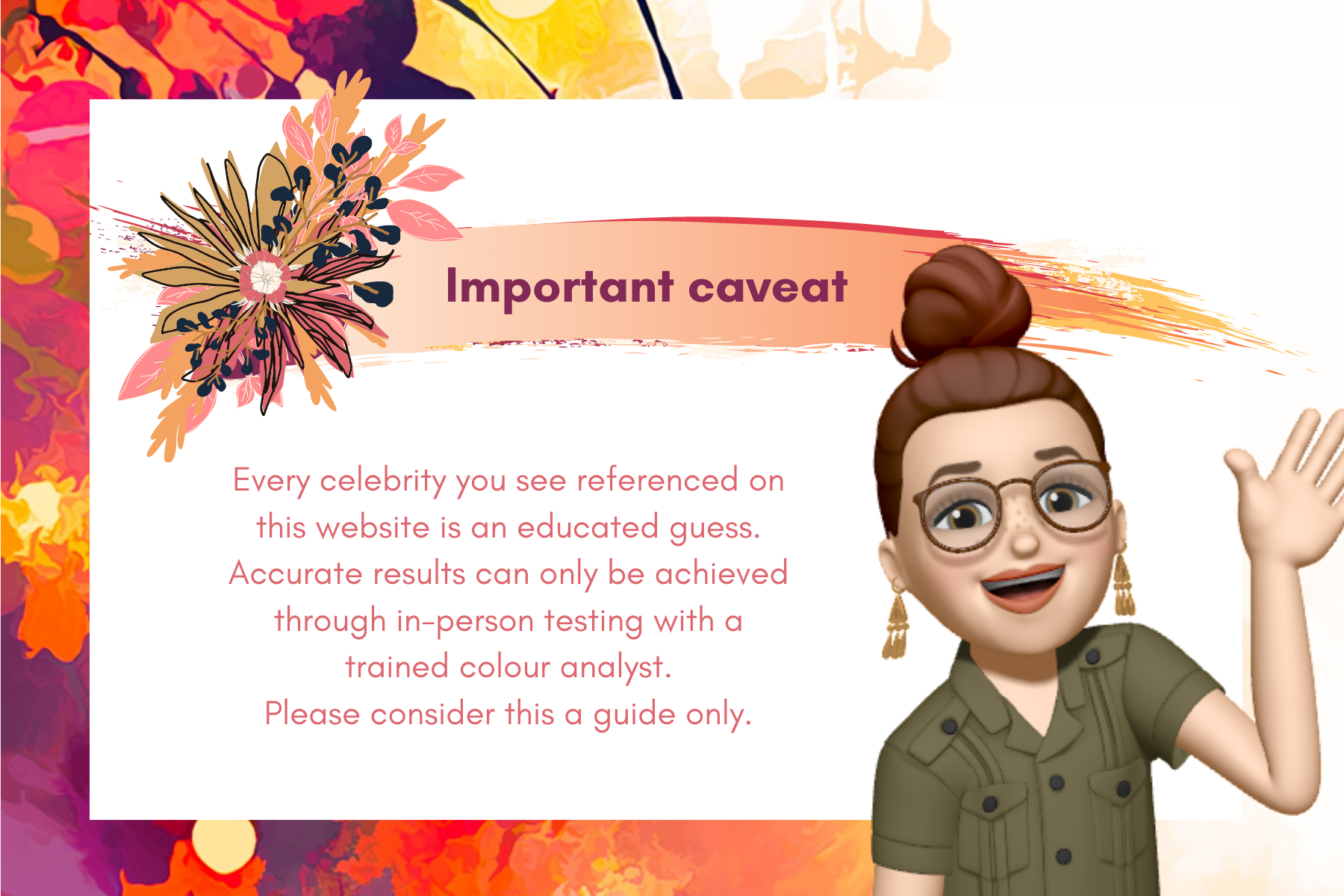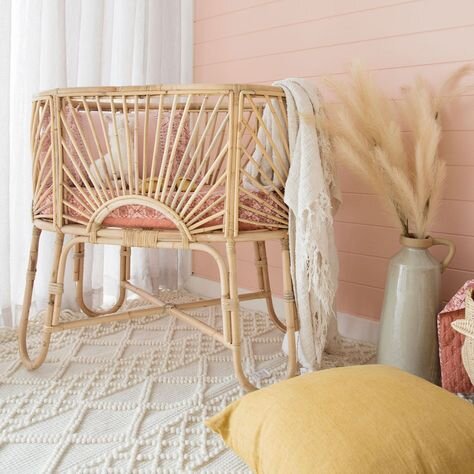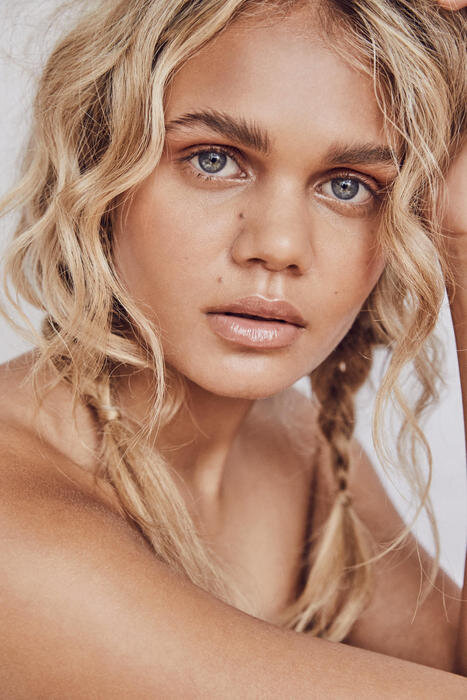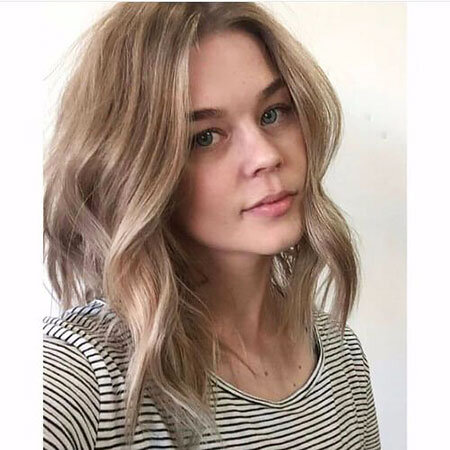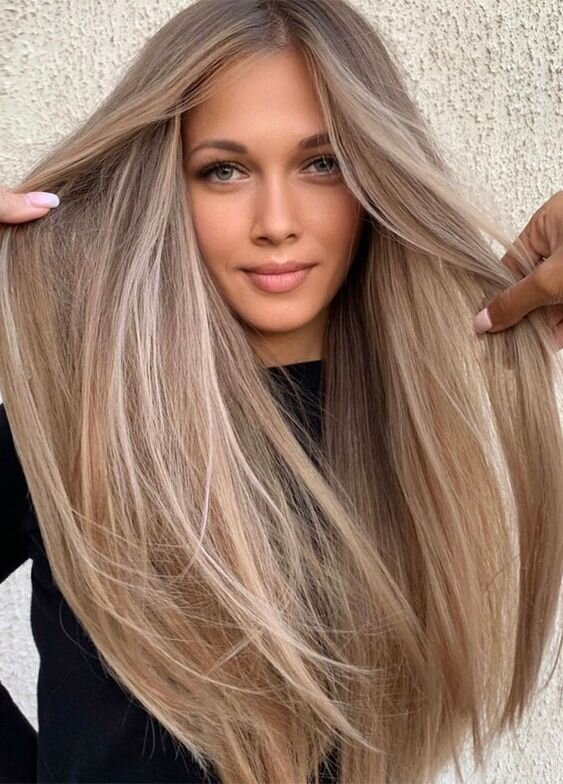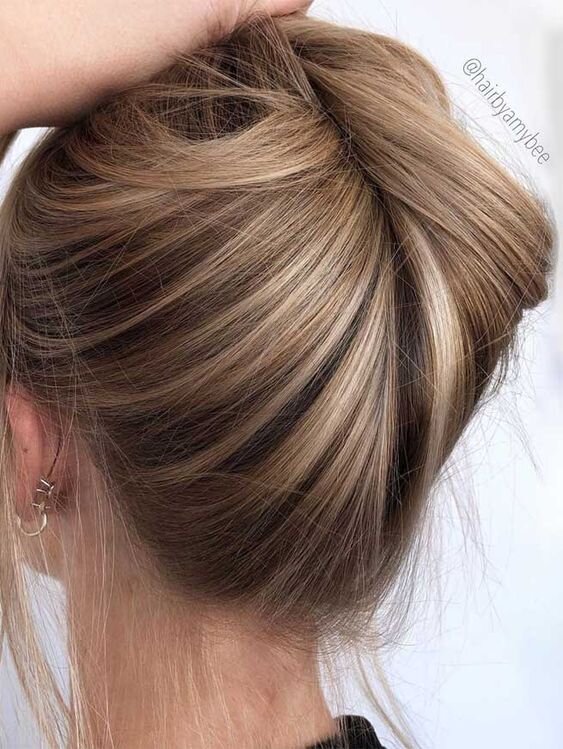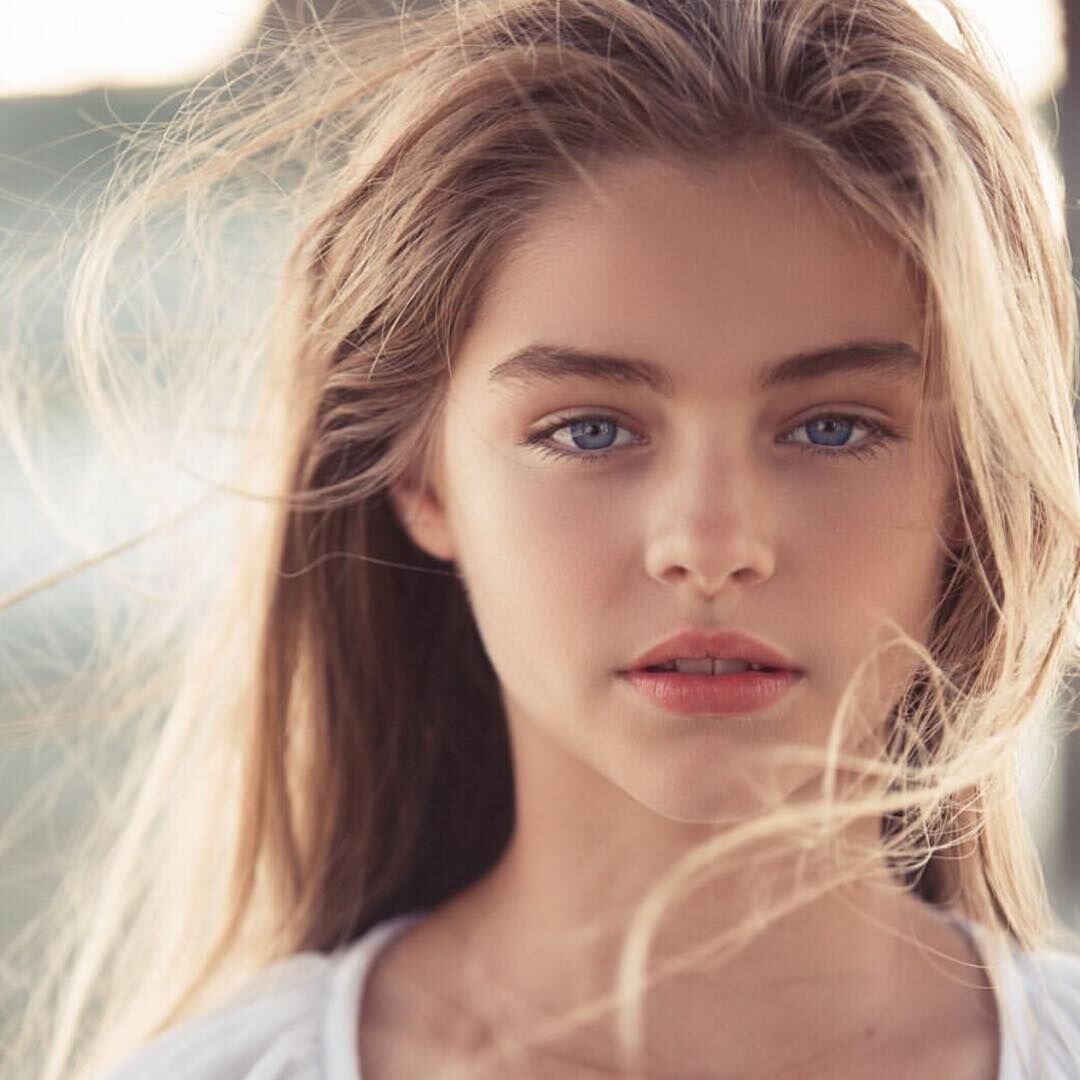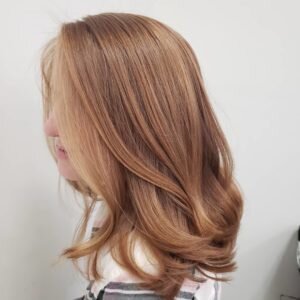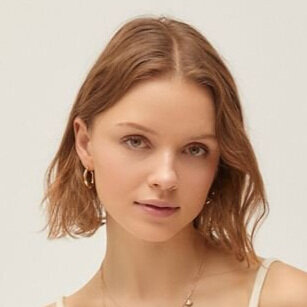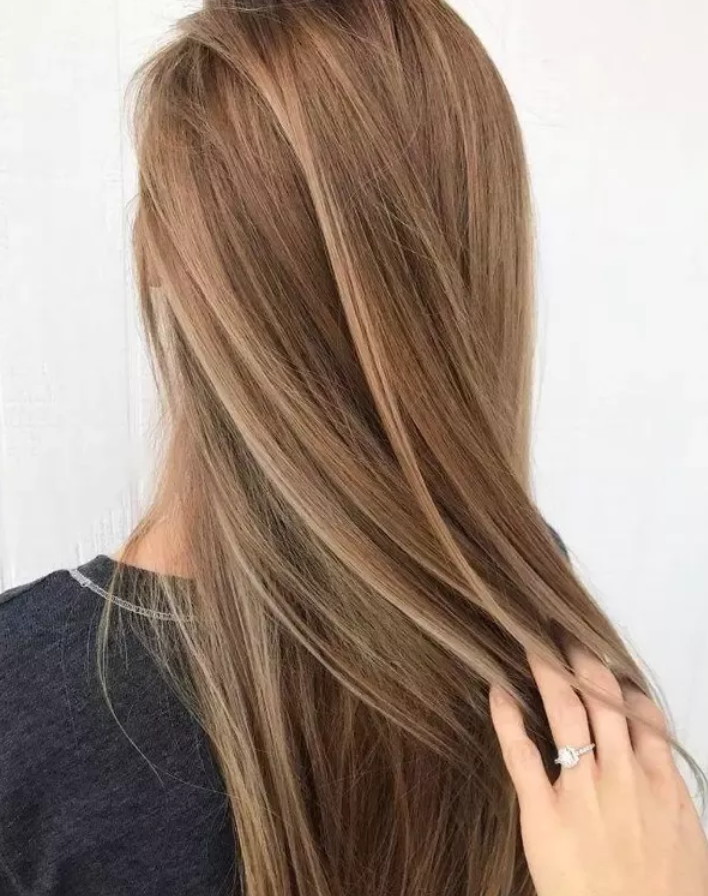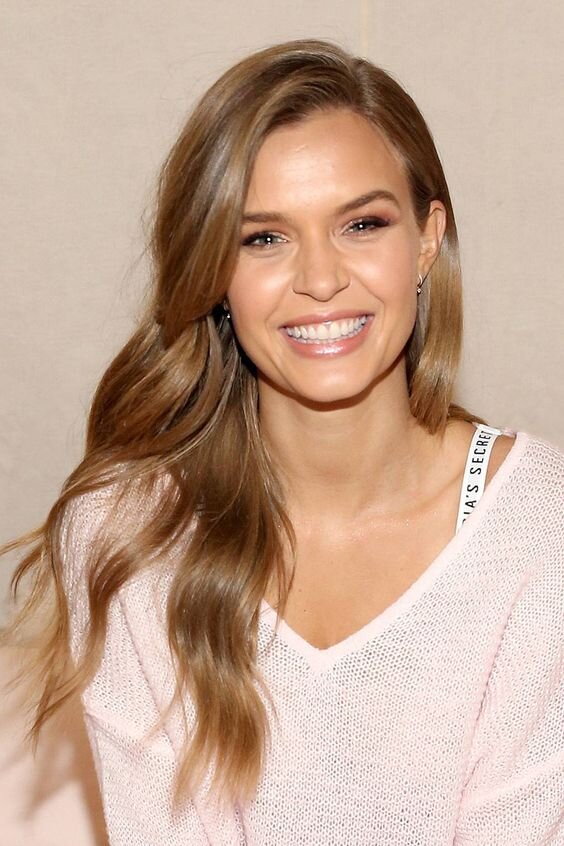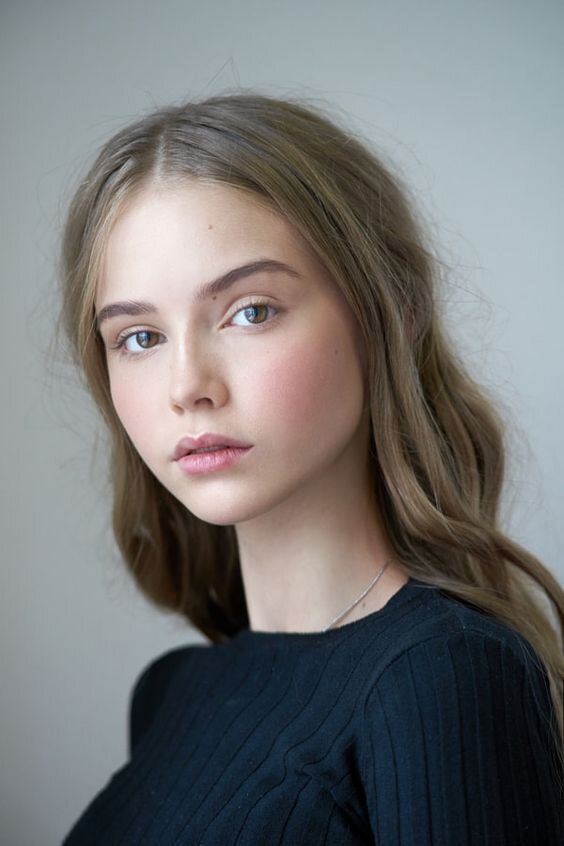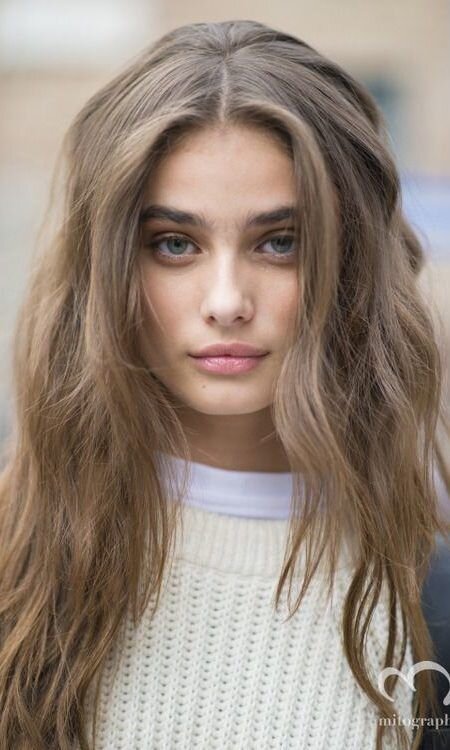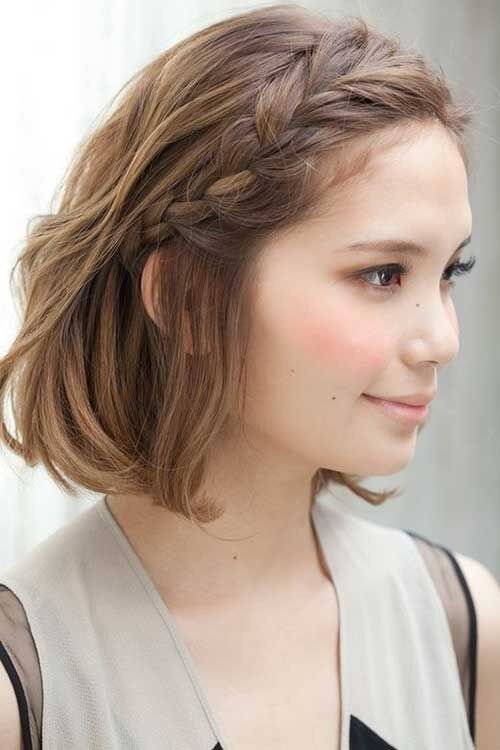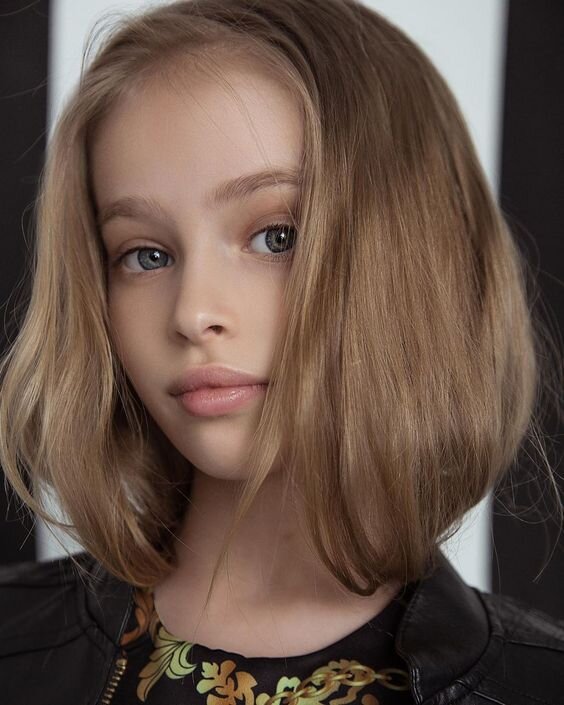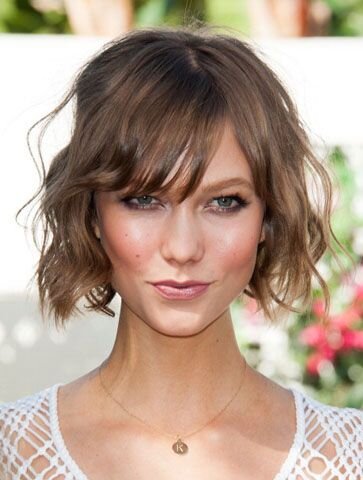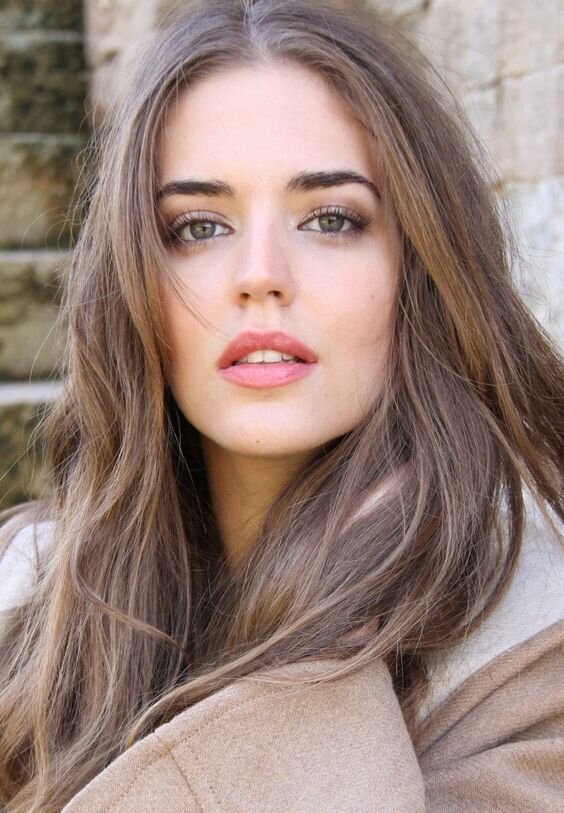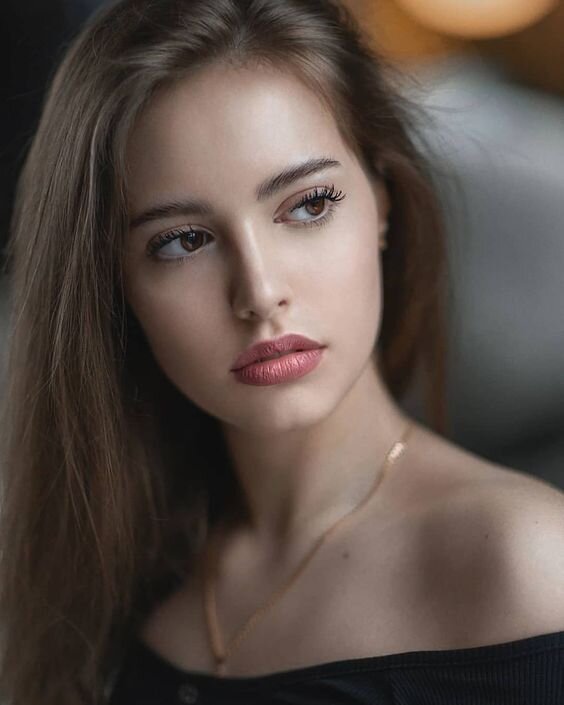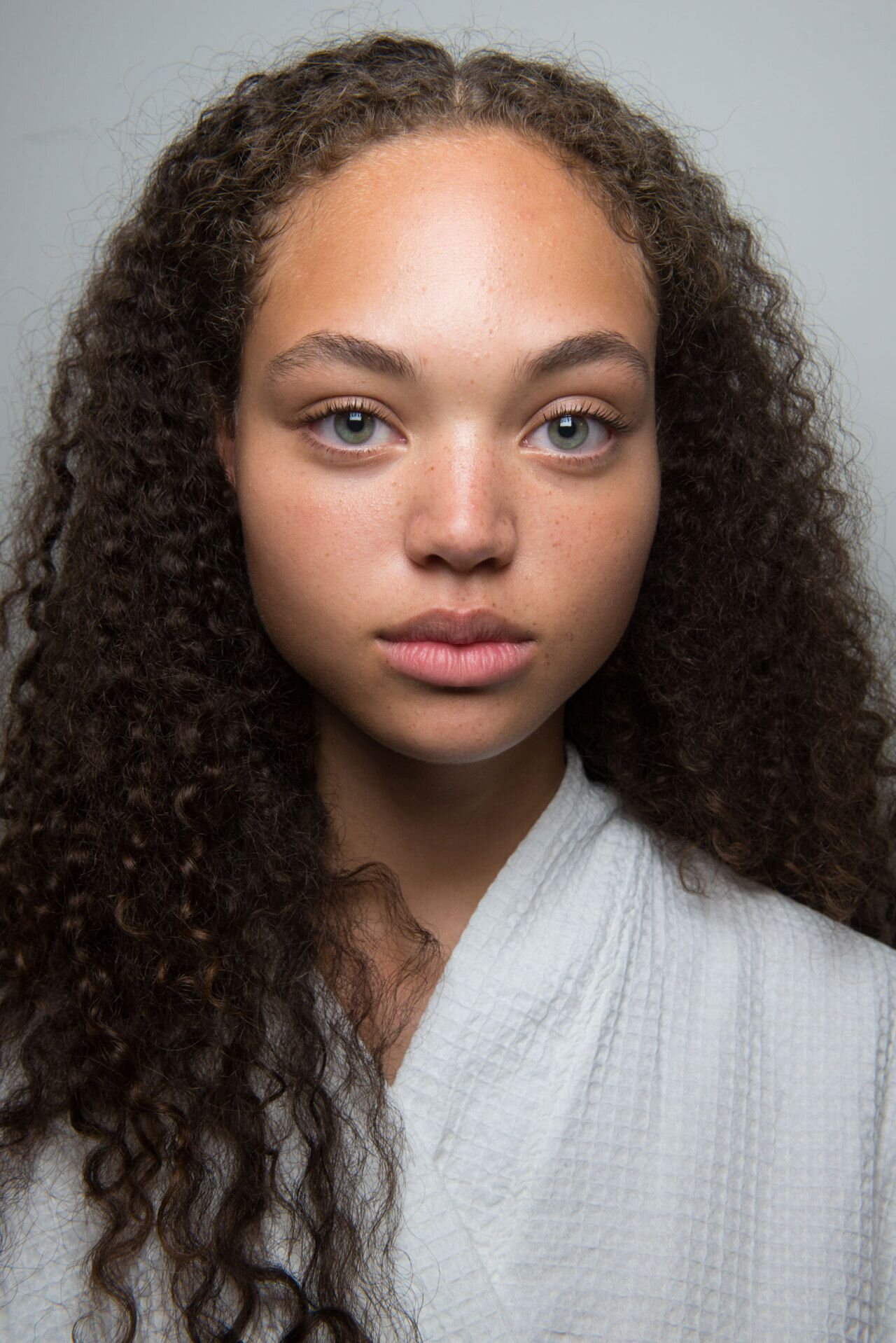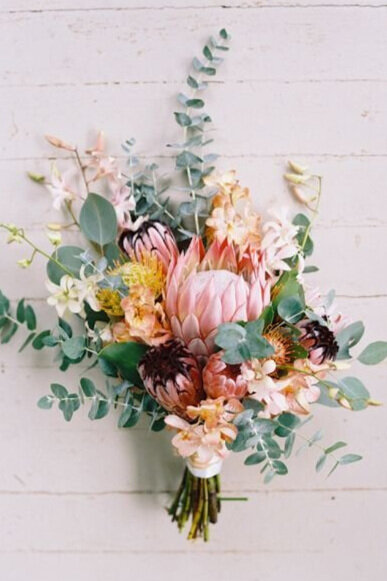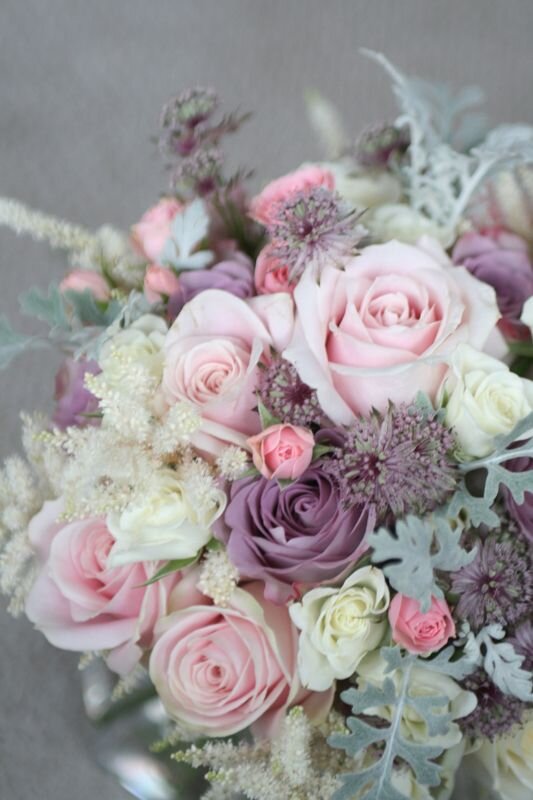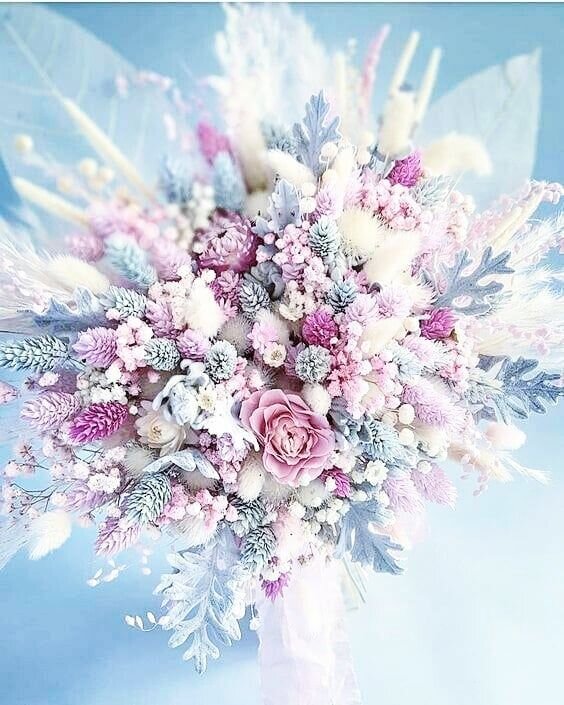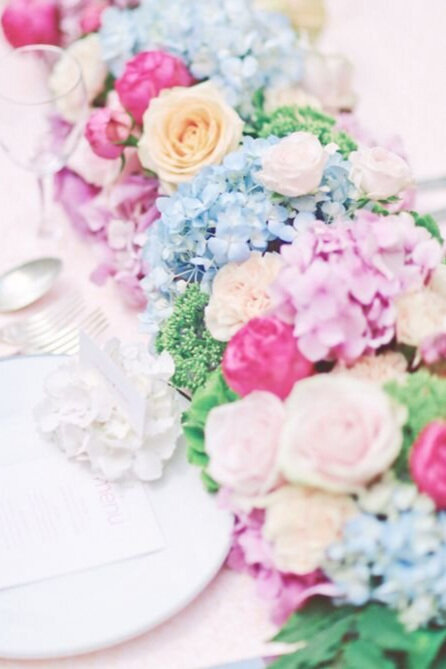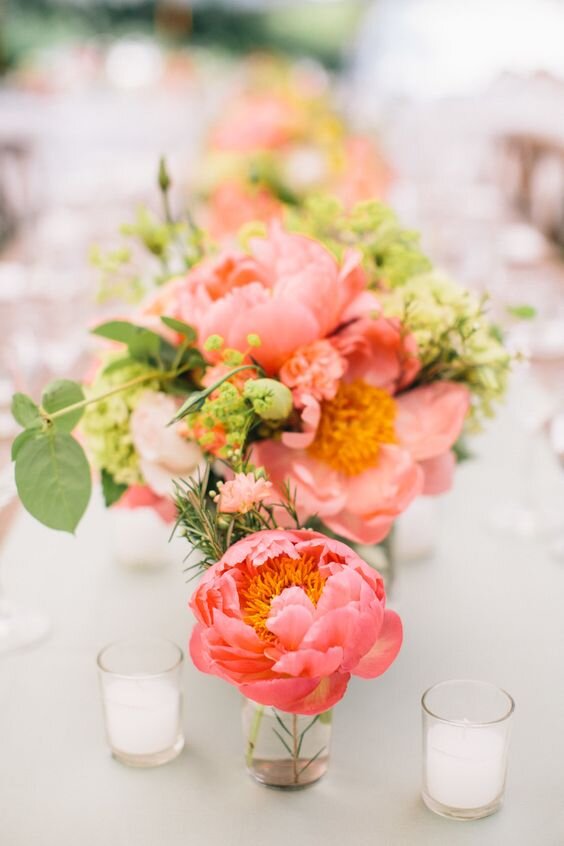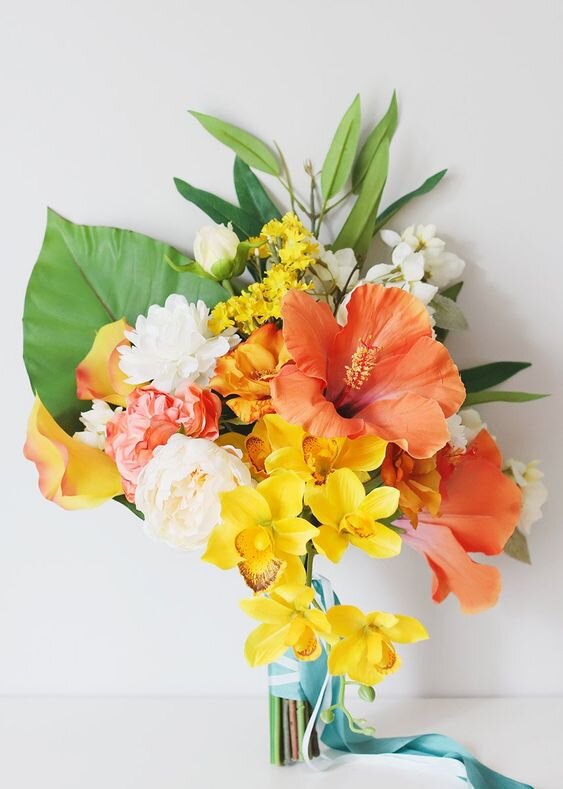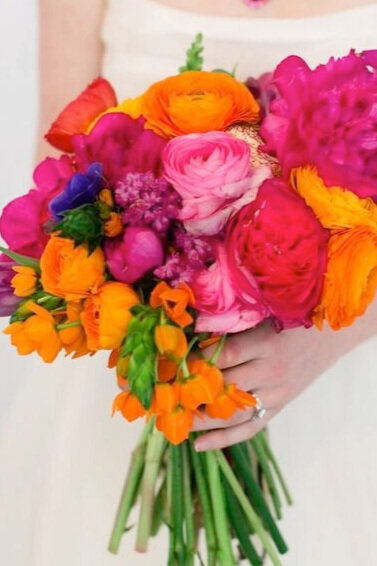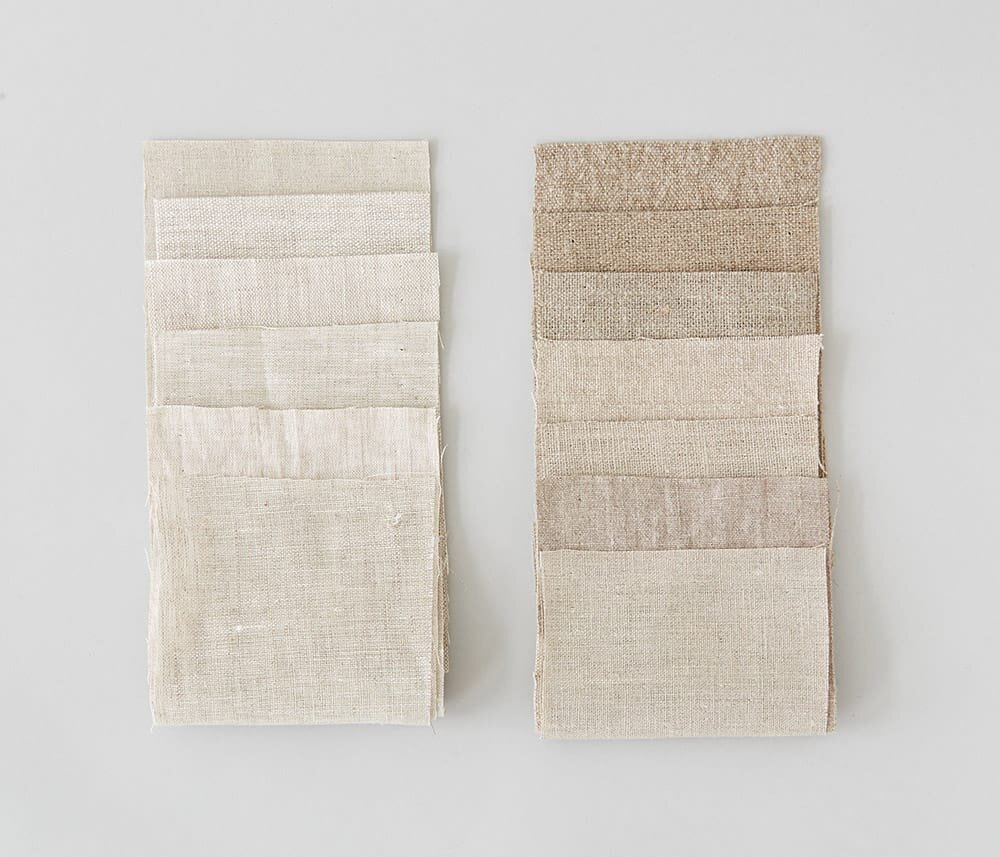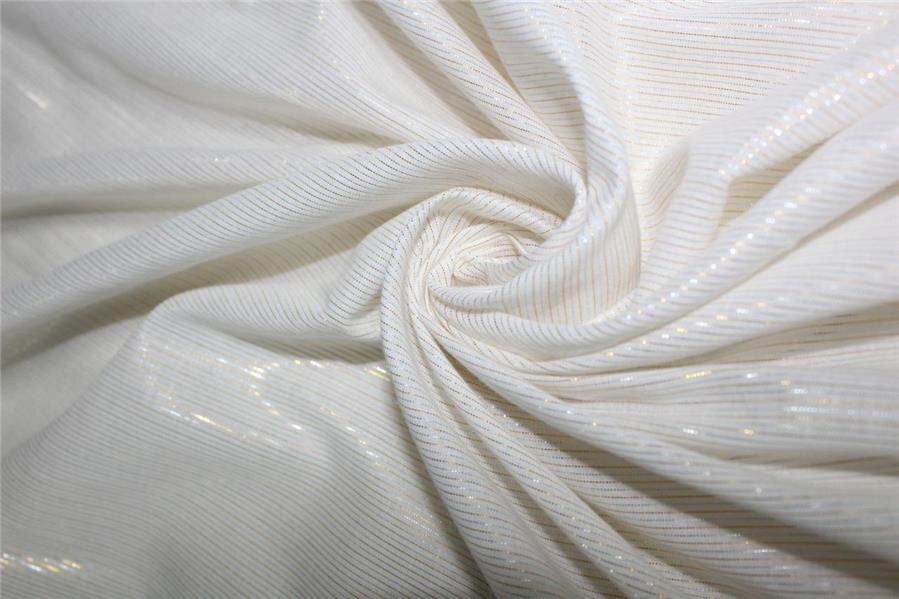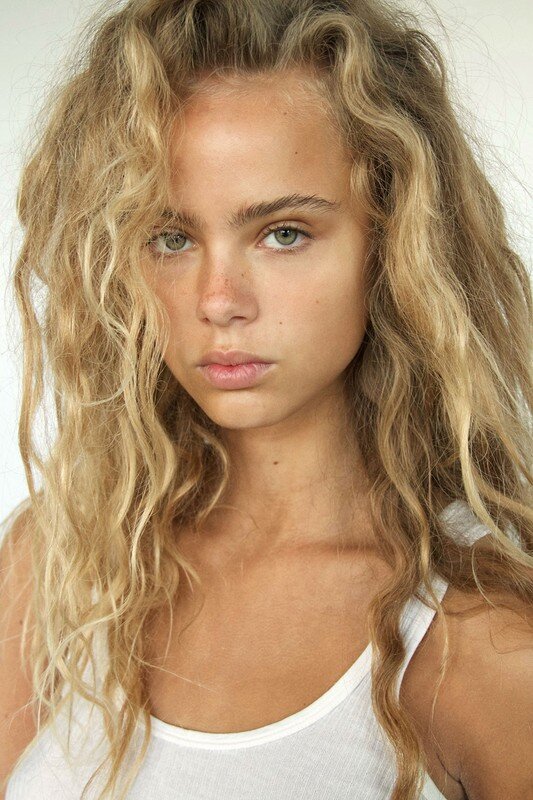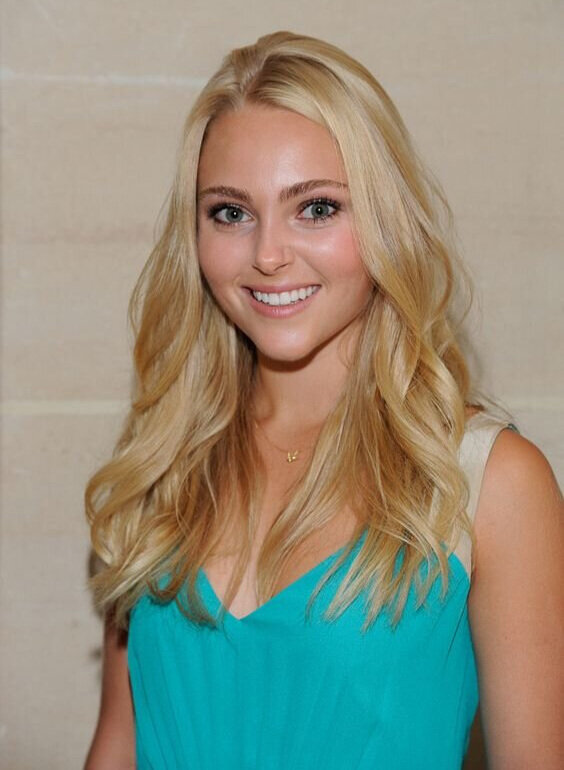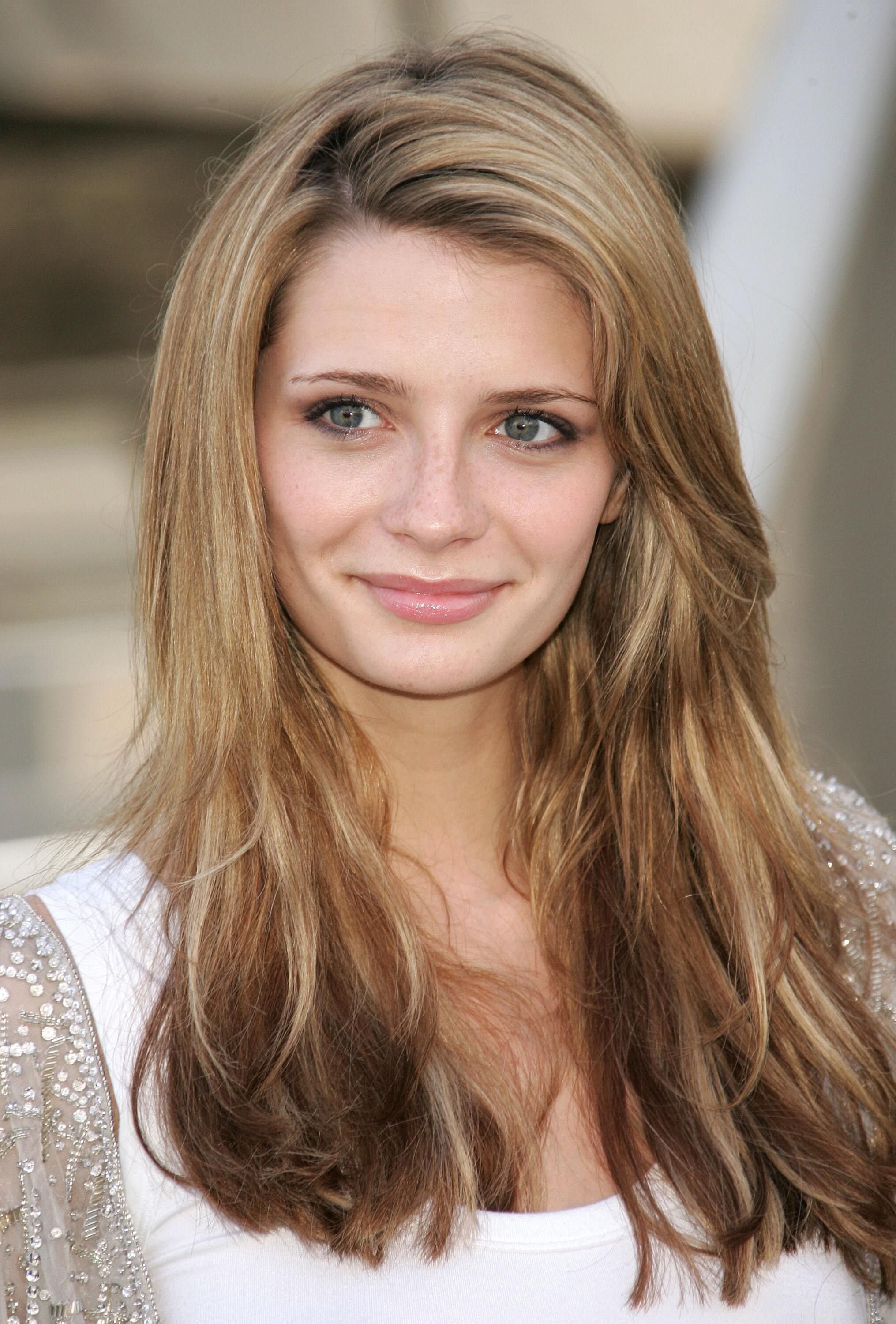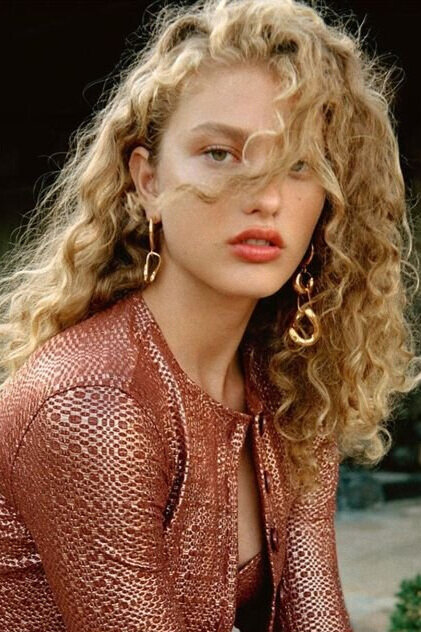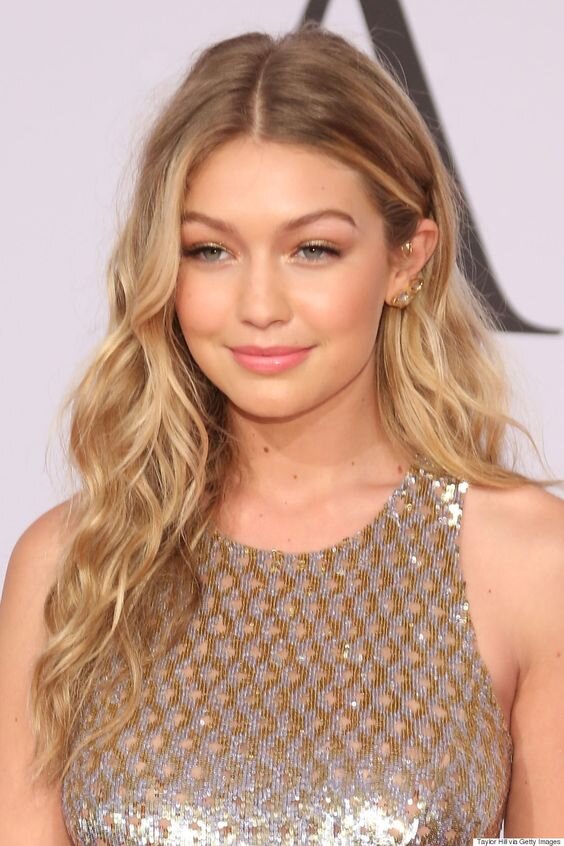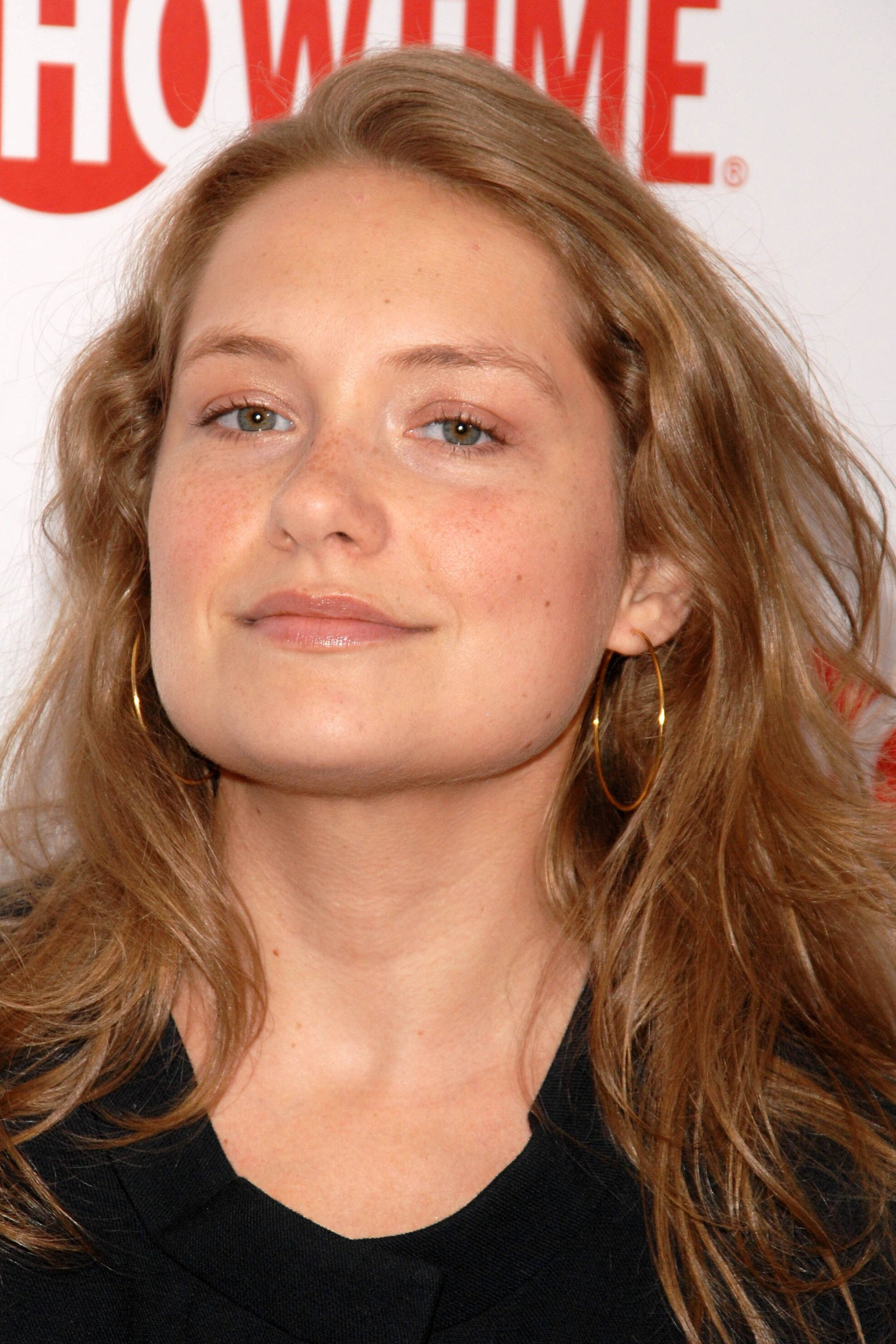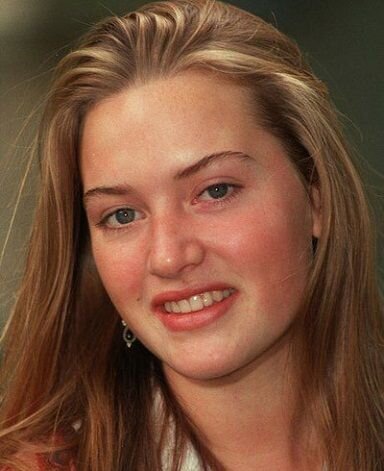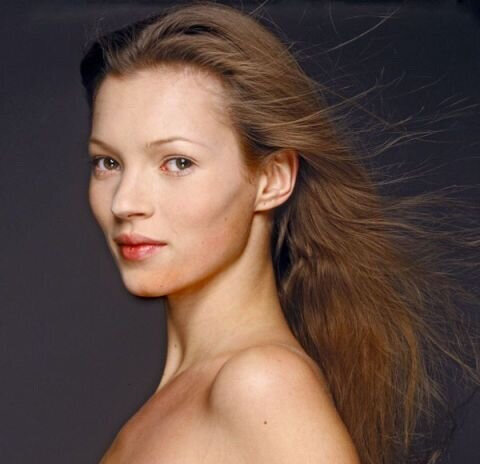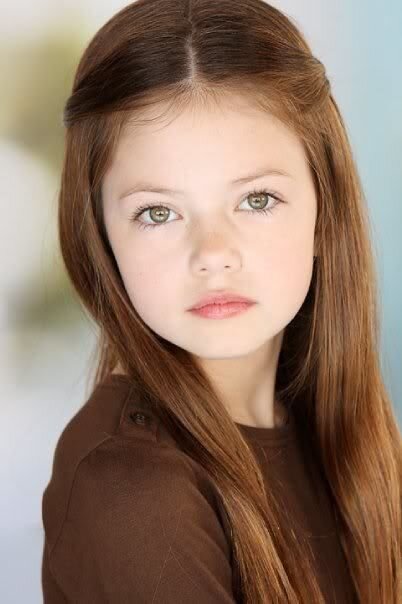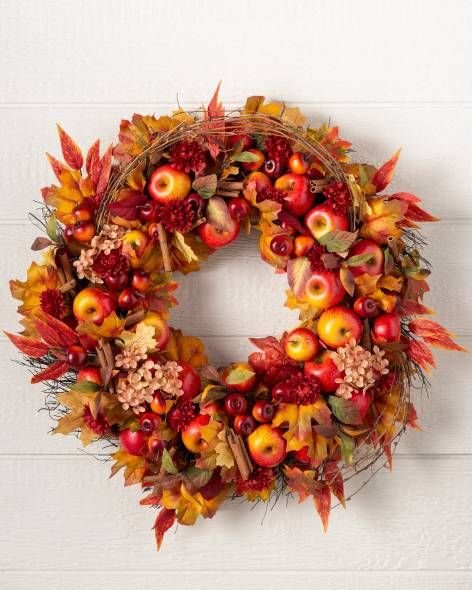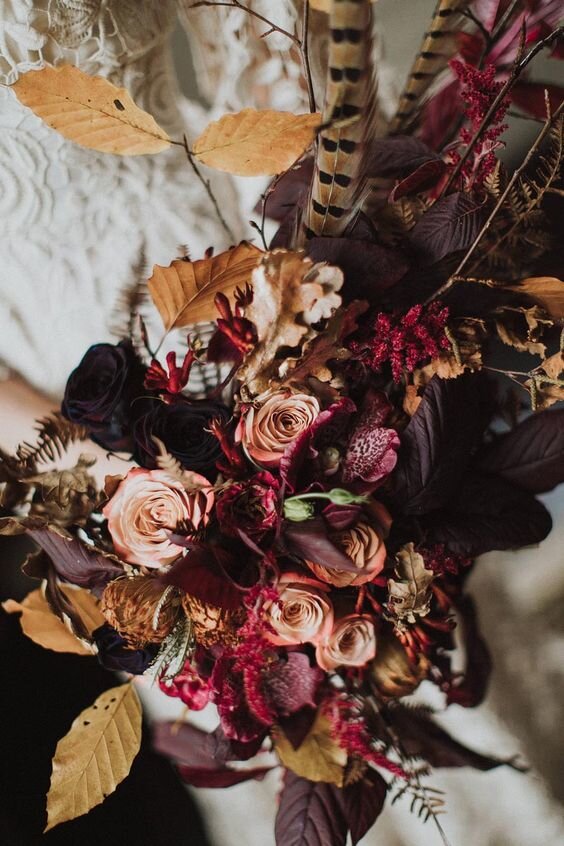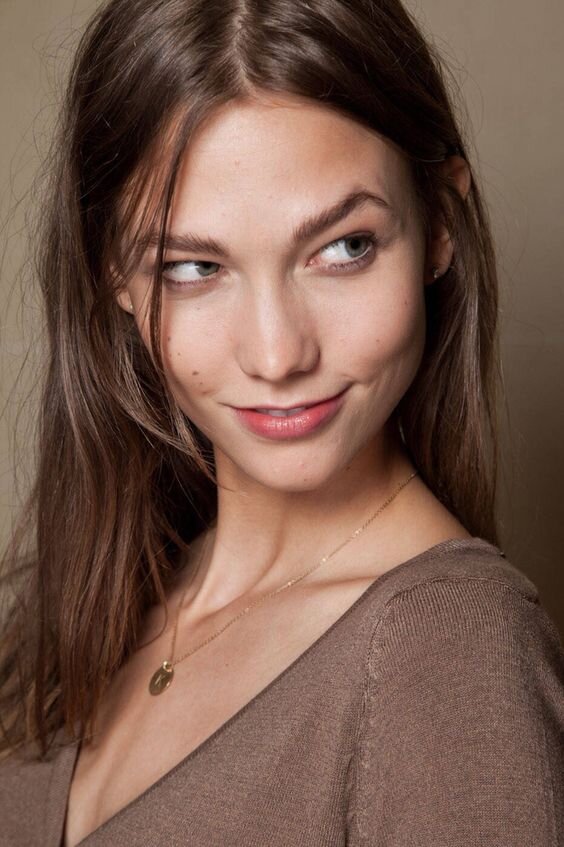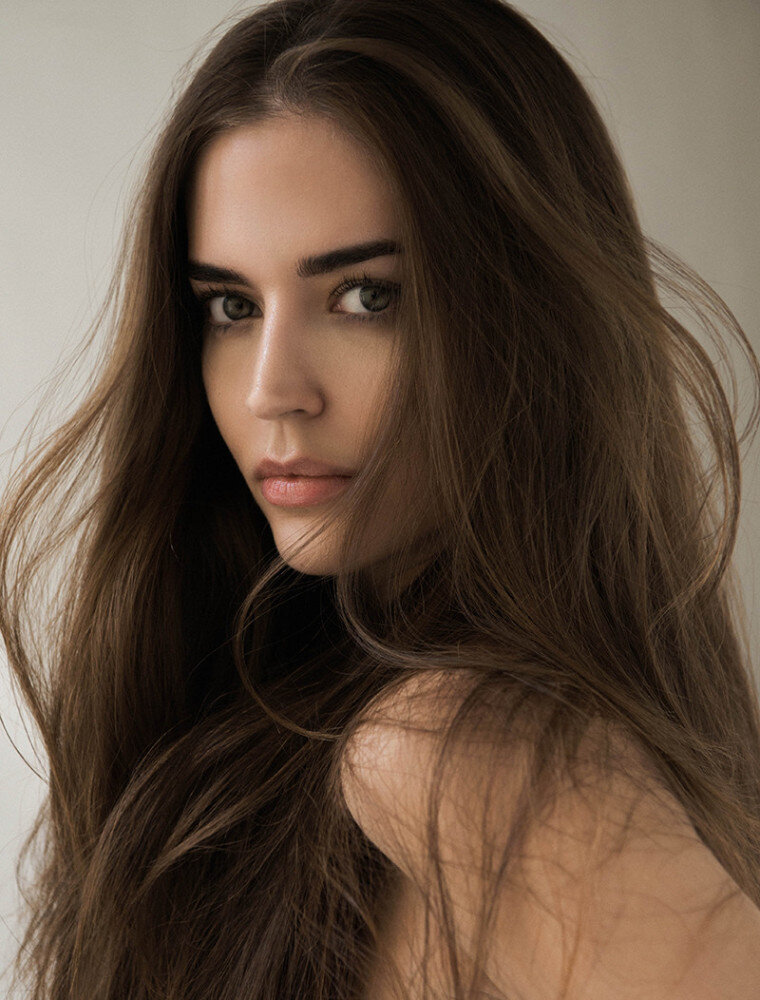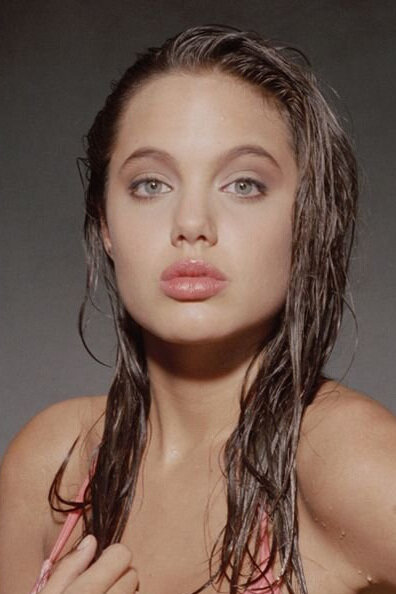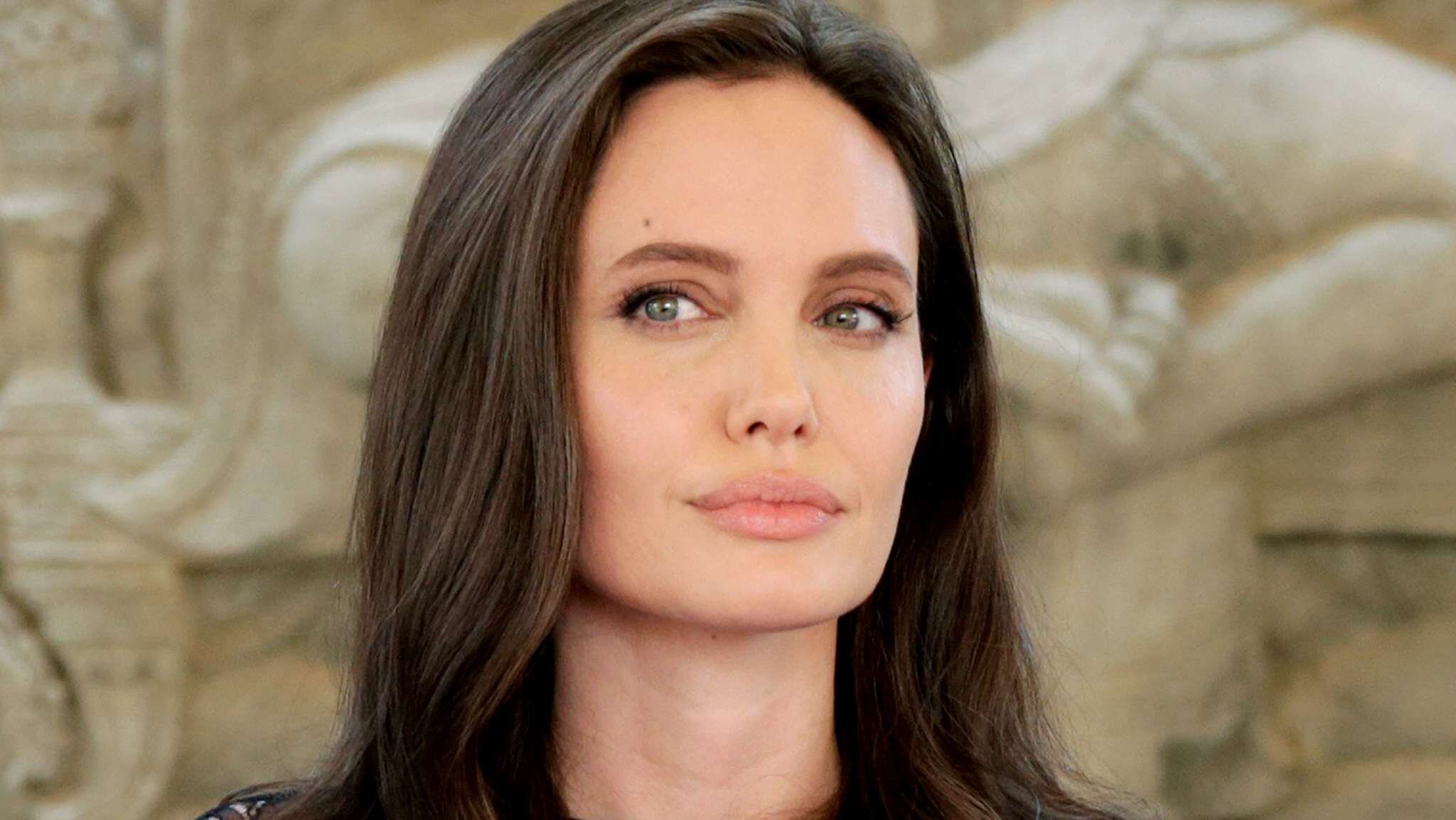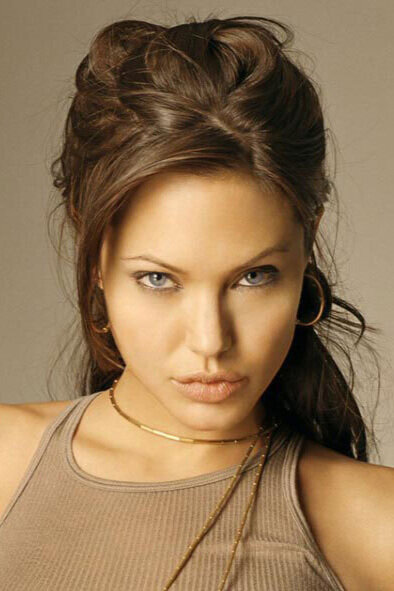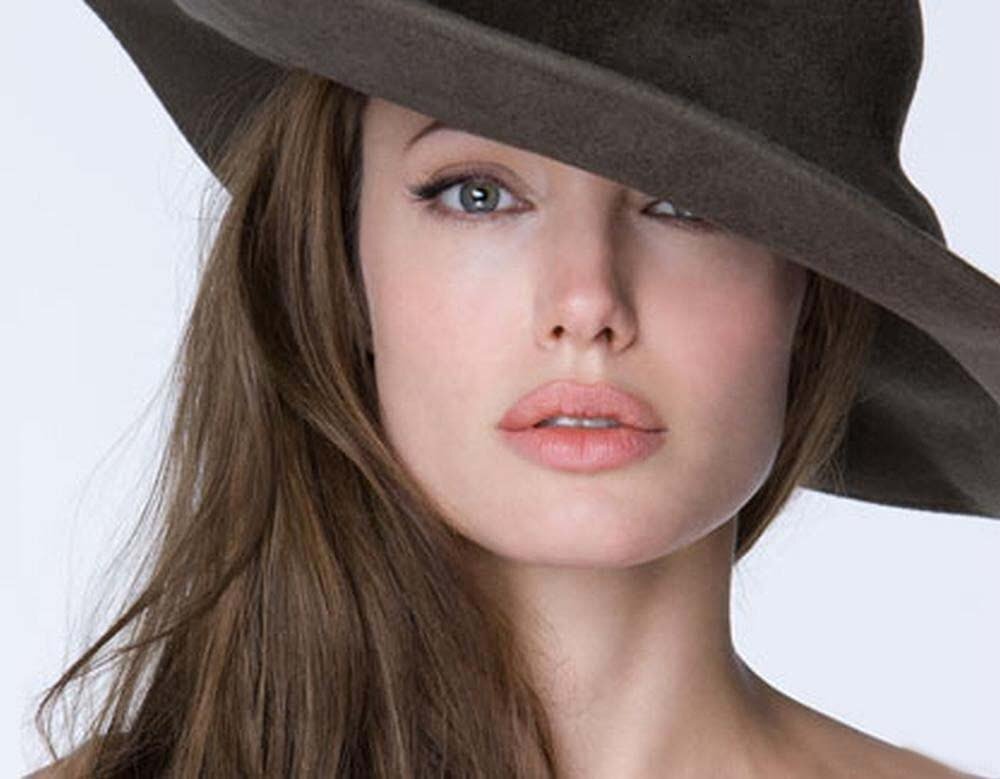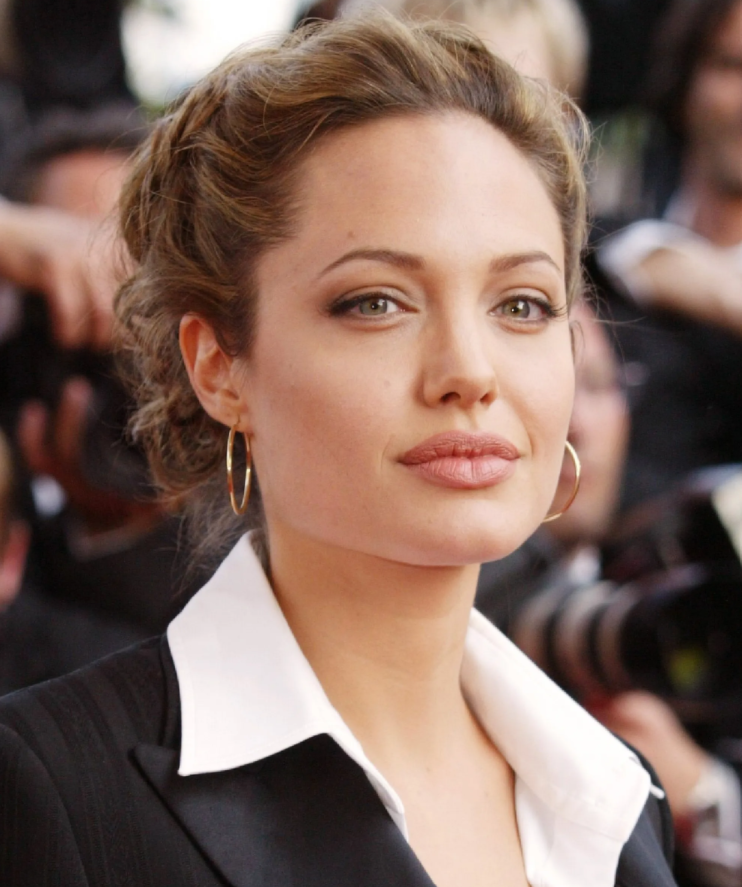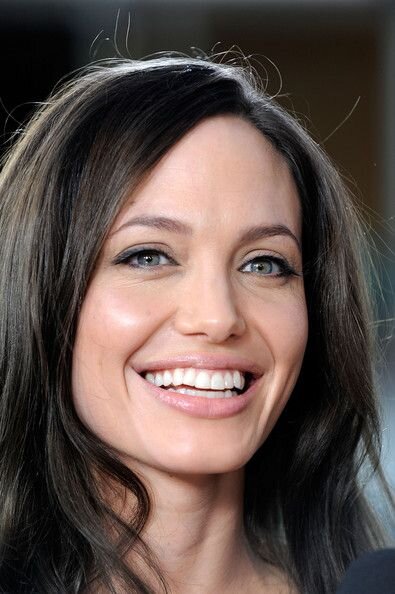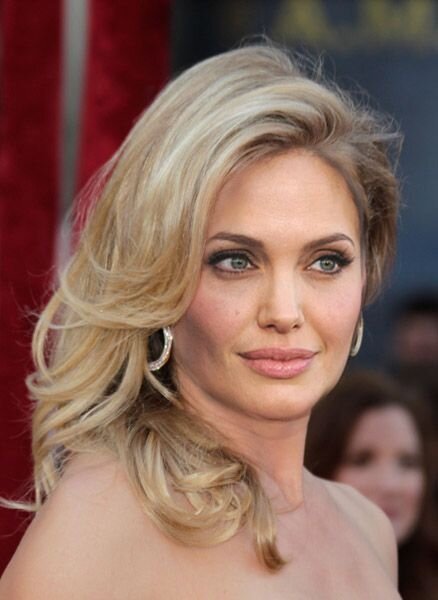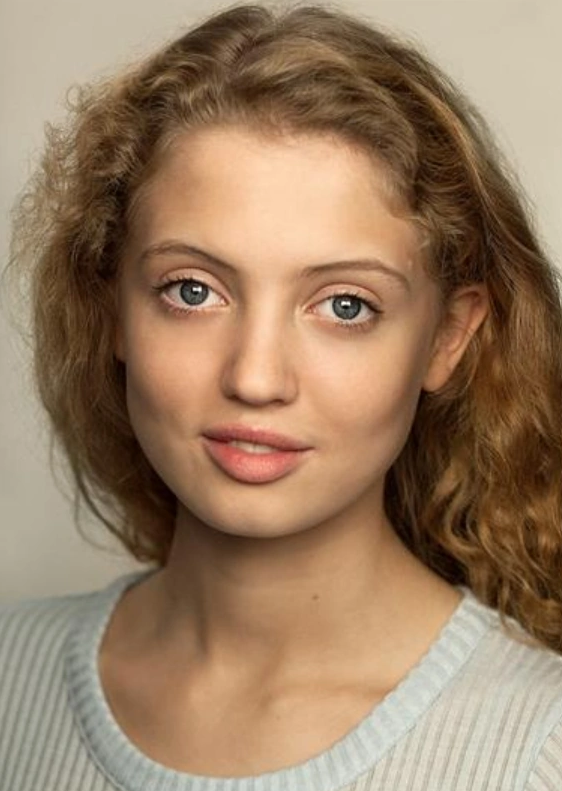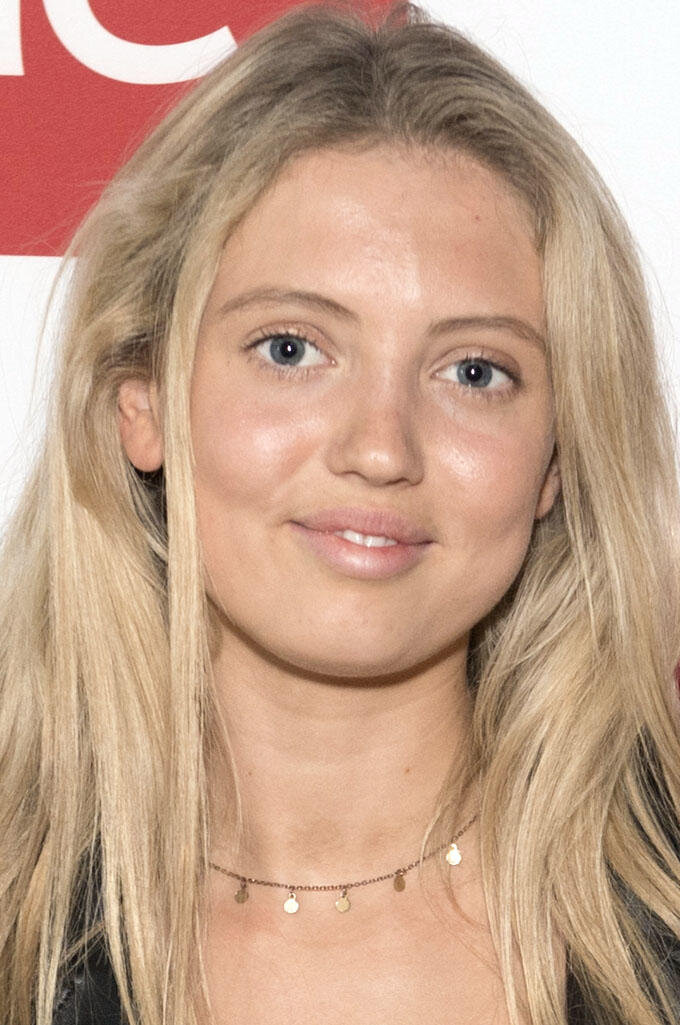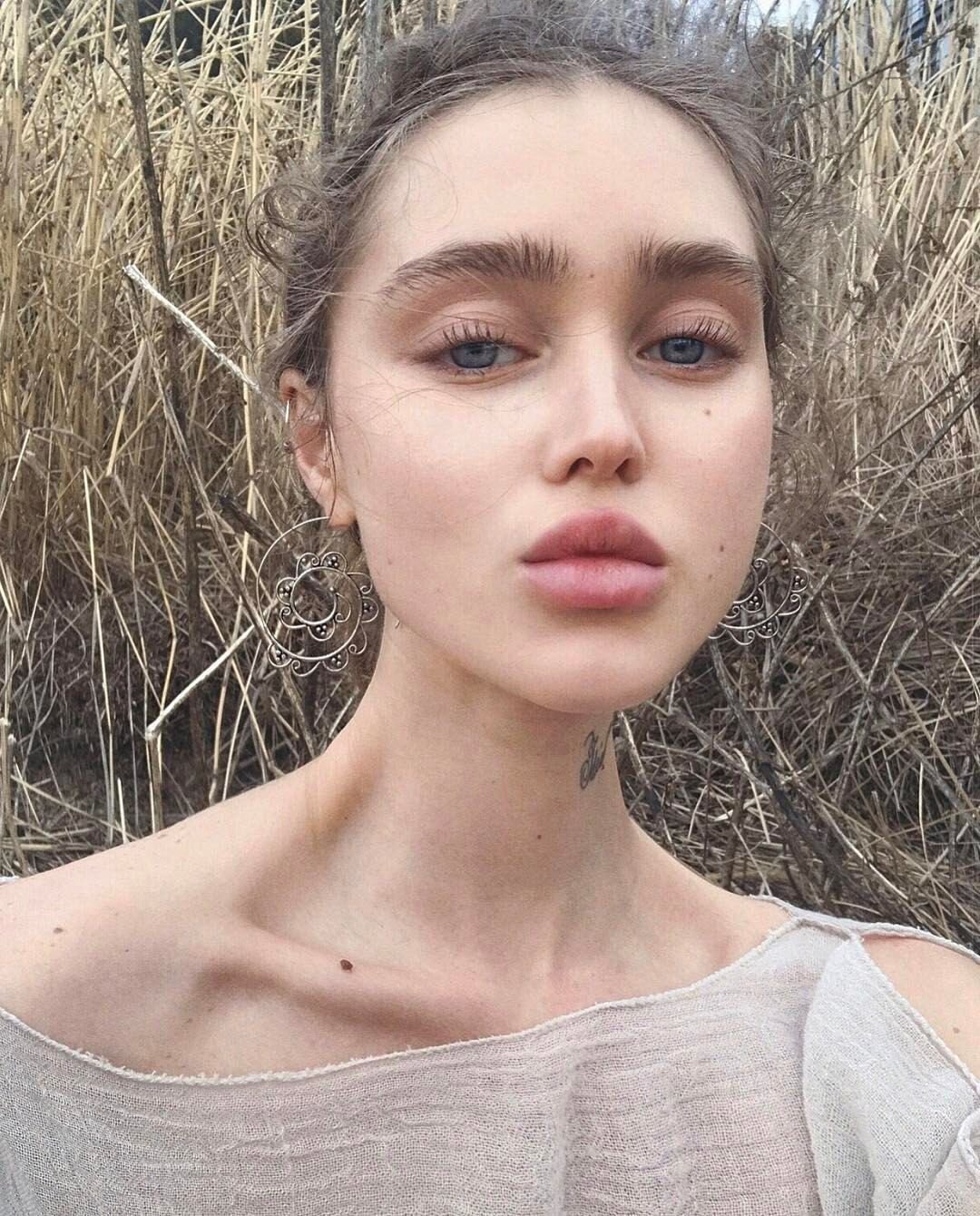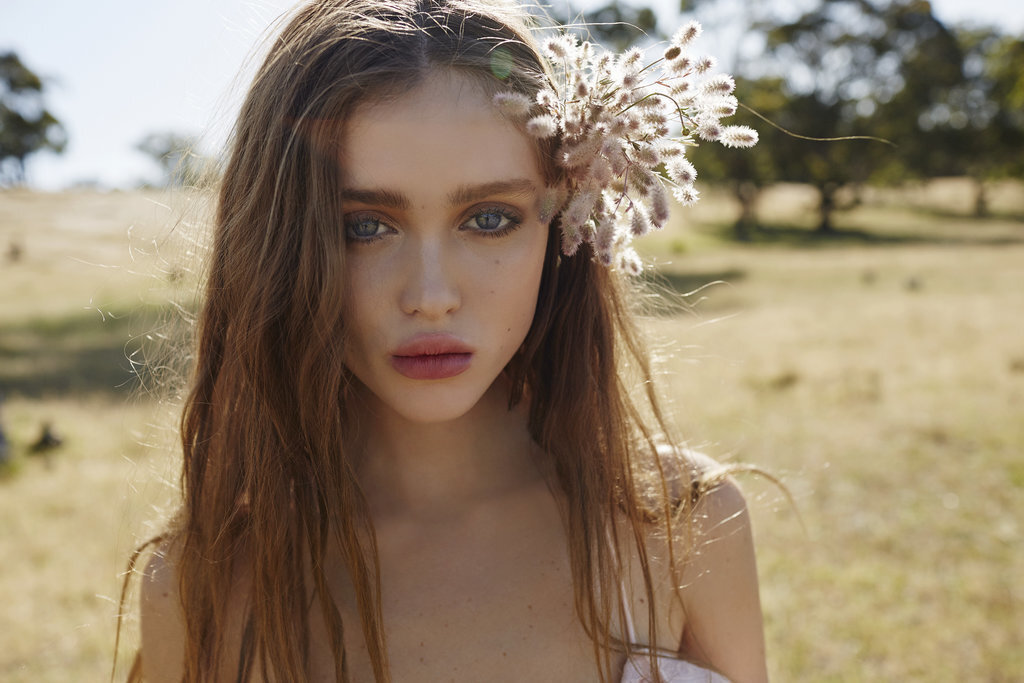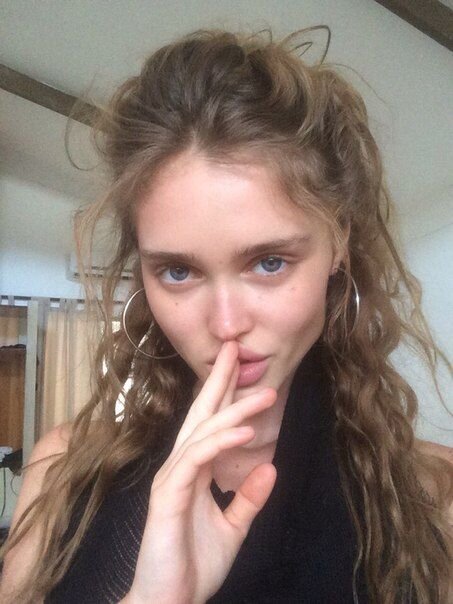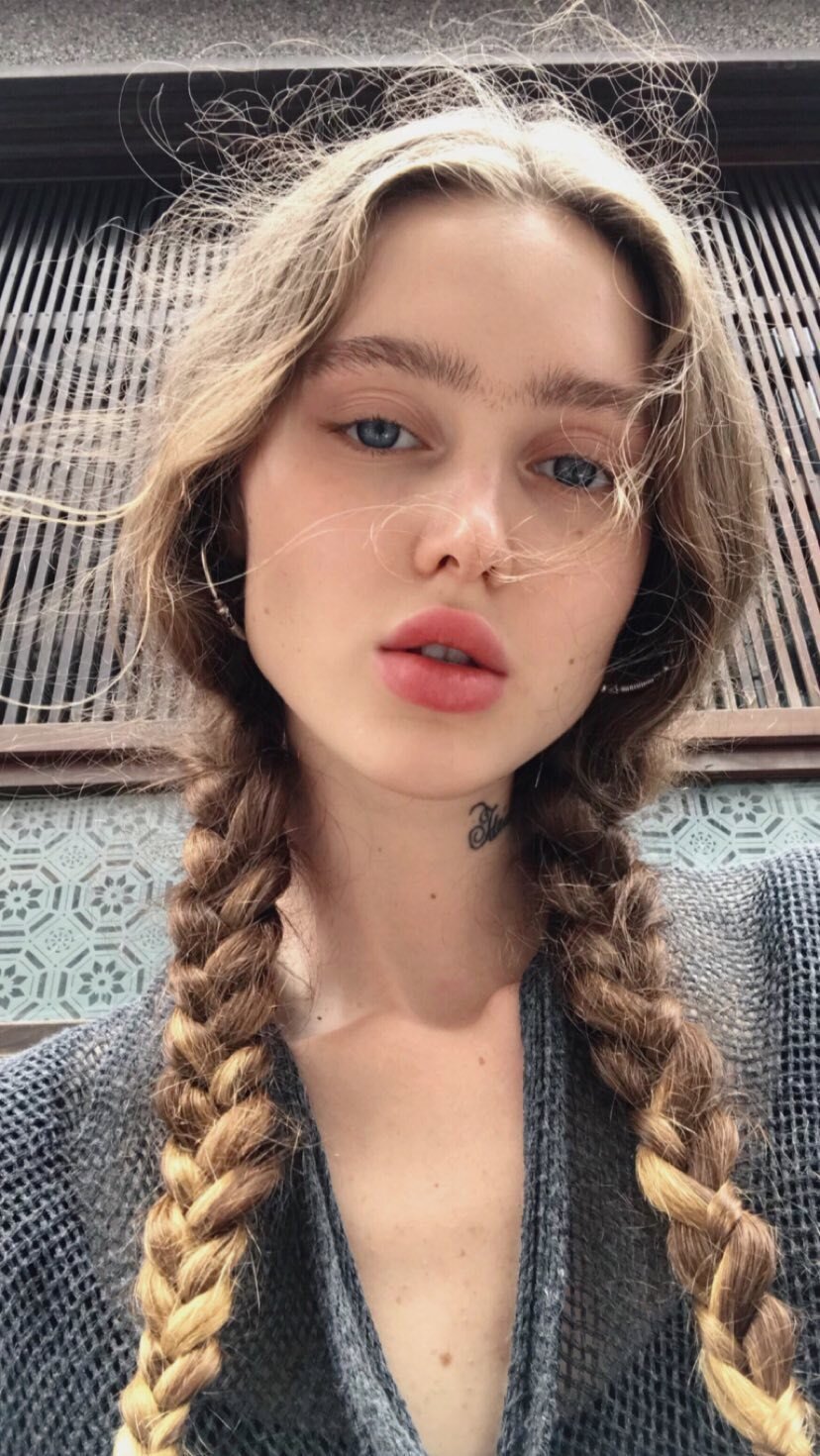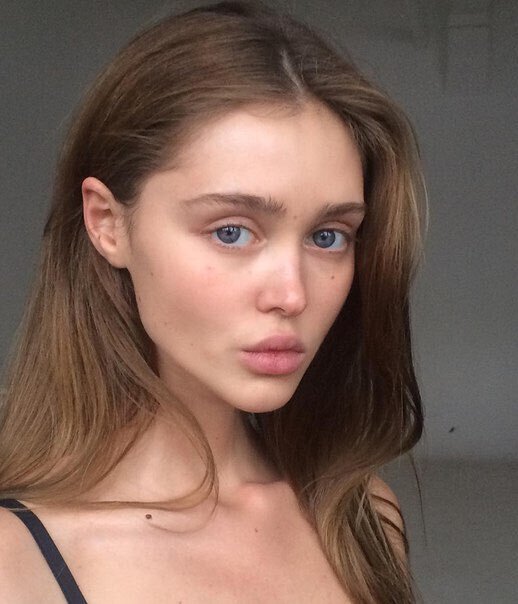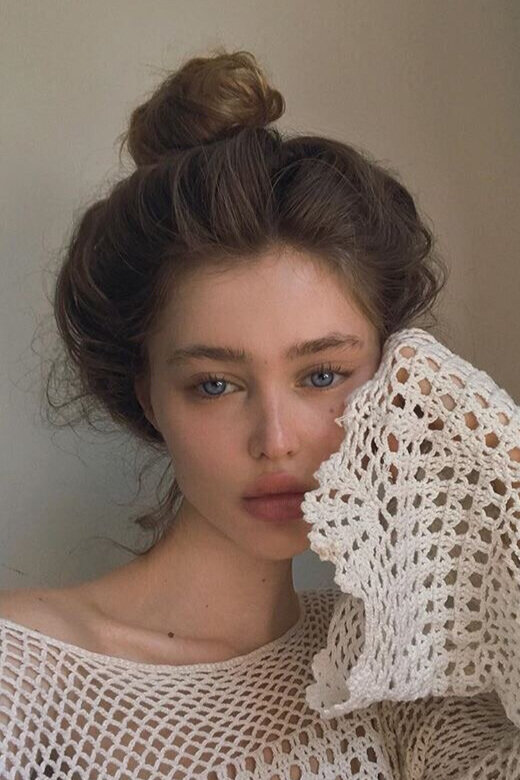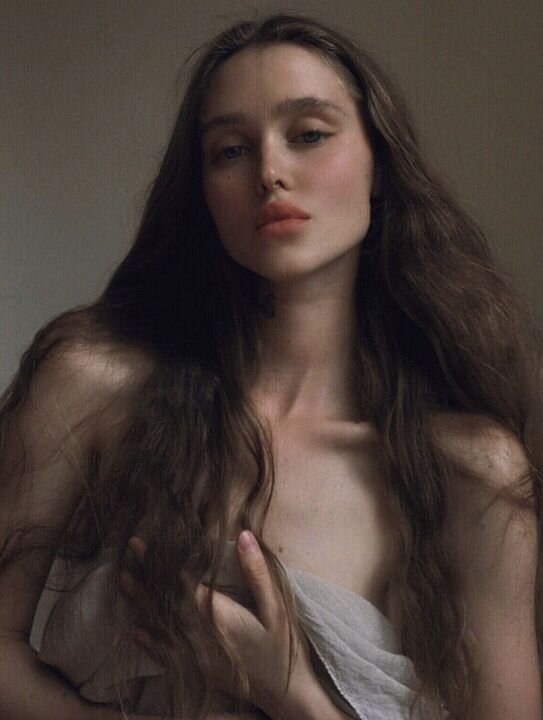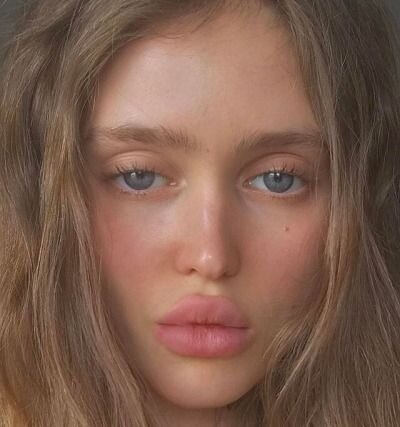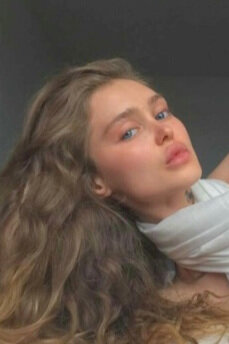Soft Autumn hair
/Ah the dreamy soft-rich glory of Soft Autumn hair.
Dark flax, pale caramel and honey, light bronze, smoked chocolate, warm ash and deep strawberry brown.
This season has quite the range.
Even so, I still see a lot of confusion out there.
Let’s untangle the Soft Autumn mane.
Soft Autumn is the transition between Summer and Autumn.
The palette is characterised by:
1. Chroma: an extreme expression of softness
2. Hue: predominantly warm with a small amount of Summer coolness
3. Value: medium with a preference for depth
The result is a gentle, earthy palette that’s a little greyed and a lot dusty.
Sepia-toned like a sunlit haze.
Although overall the season is dark, that’s only compared with high value (light) seasons.
This means Soft Autumns sometimes appear quite fair while actually needing a lot more darkness than expected.
The result is pigmentation that can be mistakenly perceived as higher in value than it really is.
Alternatively some Soft Autumns recognise their warmth but push a little too far into True Autumn heat.
Others notice a level of depth works yet end up with brunettes deeper than they can balance.
What’s the best road to great Soft Autumn hair?
The Soft Autumn hair spectrum
Ok, so I can use all these lovely words to describe Soft Autumn hair, but what does it actually look like?
Here are some examples of harmonious hair for Soft Autumns from fair to red to dark, plus a few warmer or cooler examples thrown in.
Remember, this is not a comprehensive discussion.
There is far greater diversity in human pigmentation than what I talk about in this post.
There are always surprises and outliers and never enough space to showcase everything.
The idea here is just to give you a general benchmark.
Balancing light
Opting for all-over blonde that’s too high in value is the most common natural beauty error I see amongst Soft Autumns.
Understanding value is really important to avoid this mistake.
Soft Autumn shares a key characteristic with Light Spring.
Both are warm-neutral transitions with Summer.
But really, that’s about it - the value and chroma are otherwise pretty different.
However without a good foundation knowledge in colour it can be easy to mix up the two, especially if the Soft Autumn in question is quite fair.
There’s a belief that if a person has some blonde naturally - even if it was only in childhood or a few summer sun streaks - it means all-over blonde in adulthood is flattering.
Perhaps if you could replicate your precise childhood colour, with all its natural dimension, that may be so.
But there’s actually no guarantee it remains the case later in life.
Some Dark Autumns have hair we might describe as blonde.
Blue eyed Dark Winters do walk amongst us.
So “light” hair or eyes do not necessarily equate to higher value.
Spring blonde will look like a wig on a Soft Autumn, quite disconnected from the person.
Cooler Summer blondes create grey shadows across a Soft Autumn face and are ageing.
Even when expertly applied.
Blondes this light and delicate just don’t have magic in the Soft Autumn context.
The colourist’s talent is wasted.
Soft Autumns must, must, must have some depth.
Here’s a reminder of this key point.
Compare Soft Autumn with six seasons, all lighter in value.
First we have Summer.
Warm, soft and dark vs cool, soft and light.
Now compare with Spring.
Warm, soft and dark vs warm, bright and light.
Look at how shaded and shadowed the Soft Autumn flowers are in both comparisons.
This quality is also present in Soft Autumn people.
Which is why Soft Autumn blonde is not the same as Spring or Summer blonde.
It’s richer, because the palette overall is darker.
Here’s a fun little game.
If you used these fabrics to build blonde, how would the they look different?
Raw linen is rough surfaced, capturing shadows which creates the impression of thickness and weight.
Blonde made from this material would be ivory or parchment-like, and quite earthy - just like Autumns.
Summer blonde is cool with lots of powdery greyed ashy tones and much lighter.
Also very light, yellow-cream silk inspires that sense of captured sunlight which distinguishes Spring blondes.
This exercise is more about the essence of the message than anything too literal.
But sometimes looking at something from a new angle helps with understanding.
As I mentioned, I see Soft Autumn blondes confused most commonly with Light Spring.
So let’s compare the two for another lesson in this effect.
Light Spring blonde is bright, sunny, spritzy and usually contains a noticeable amount of yellow.
Even when blended with flattering darker tones lifted from the palette, there are considerably fewer shadows through the bulk of the hair.
This balances beautifully with Spring peachiness and replicates their airy lightness.
But it looks brassy and detached on smouldery Autumns, washing them out.
Soft Autumn blonde is toasted and browned, usually flattered by plenty of darker sections that are more light brown than blonde.
We could very comfortably call Soft Autumn ground zero for a lot of brondes.
Applying the lightest part of a Soft Autumn blonde root-to-tip will seldom look best.
More often than not, quite a lot of hair should be in tones darker than the lightest part.
Choosing high-value blonde robs the season of its earthy magic.
Soft Autumn is slow afternoon sunlight dappled with soft depth, like you are passing in and out of shade on a blissful late summer day.
How does that translate to Soft Autumn blonde?
These blondes are honey, caramel or pale toffee.
Usually quite dirty.
They are not pearly or platinum, butter, champagne, Nordic blonde or bright gold.
Don’t be distracted by Hollywood blonde.
Marilyn Monroe was a knockout but nobody believed for one second her high-maintenance bombshell beauty was remotely natural.
She was interested in a different form of expression.
For the most natural Soft Autumn blonde, you will need to be discerning.
Your value scale is different to people from seasons who can go full, all-out light.
Many light browns will read as plenty blonde on you.
(Take another look at the picture of Mischa Barton above to see what I mean.)
So, if you’re a Soft Autumn and love your blonde, uphold the warmth.
Explore richer shades if you want to successfully replicate your innate colour dimension.
And consider blonde as a colour among many rather than all-over.
Never forget your season’s unique combination of lowlights and highlights.
And stick to your guns.
It can be a challenge resisting Spring blondes, believing they add lift.
As a dark season you don’t need lift.
You’re all gentle smoulder and shadow.
Hair professionals often have their own aesthetics and motivations.
Maybe they feel obliged to give you a little change every visit or pamper you with something extra.
Maybe they just personally prefer the look of really light hair.
They may have fantastic technical and styling knowledge but it rarely includes the 12 Tone system and its framework for natural beauty.
Sure, they are experts and should be respected as such but don’t defer on this one.
Trust that you might know something they don’t.
Balancing warm
When red appears in this season it is a little deep and a lot faded.
Think of typical Soft Autumn reds as “strawberry brown”.
It’s also very common for coppery tones to nestle in amongst the other shades.
It isn’t always noticeable at first but might be spotted in the sunlight, adding warmth and dimension.
Soft Autumn red is a colour space I don’t see folks opt for very often when picking dyes.
People seem to go for more punchy True Autumn reds which tend to be more orangey and are too warm and heavy for this season.
Likewise, richer golden caramels, often found in balayage or highlights, will look weighty on a Soft Autumn.
They are hugely popular but the effect competes for our attention and will always triumph over a Soft Autumn face.
Here are some examples of warm Soft Autumn vs True Autumn hair.
I’ve included a red, a blonde-brunette blend with hints of red, and a warm chestnut brown.
Note the difference in value (True Autumn is darker) and hue (True Autumn is warmer).
Balancing Dark
Drama and contrast is usually what we are typically chasing when we go too dark on the value scale.
We can forget that all seasons have their own expressions of extreme.
For Soft Autumns, there will be a dark, dramatic look perfectly tailored to your pigmentation without you needing to step into other seasons.
Your colouring could already seem pretty dark.
It may be similar to other Autumns or even to very different seasons altogether.
After all, people from different seasons often look alike at first.
(That’s why it’s nigh on impossible to figure out your season without professional tools and advice.)
Quite a few True or Dark Autumn qualities will connect with a Soft Autumn.
This includes value.
The level isn’t exactly the same between the Autumn palettes but darkness is there for all three.
So if you end up with too-dark hair you might observe something is off but you’re not sure what or why.
If enough is harmonising, you might even kind of like it.
There will absolutely be a particular effect and people are sure to notice.
But getting carried away by going too dark will give you less than ideal results if you’re chasing natural beauty.
Time for a quick visual reminder on the subject of Autumn darkness.
How does Soft Autumn dark stack up against Dark Autumn dark?
Well, the first thing to understand is that Soft Autumn value is still only medium-dark on the way to black.
It looks plenty dark on a Soft Autumn, but is lightweight on a very dark season.
Going too dark extinguishes the complex smoky characteristics that bring Soft Autumns to life.
The result again, is very wig-like, and kind of “warm Goth”.
On the other hand, black hair is common in deeper pigmented Dark Autumns.
Take a look at these two seasons side-by-side.
Watch out for that Soft Autumn dustiness.
By comparison, Dark Autumn hair colour is noticeably richer, denser and heavier.
Soft Autumn in action
In women, we see natural colouring most commonly when people are young.
Many women start changing their look in their teens and may never return to their natural colouring.
This is particularly common for celebrities.
Although I rely on images of our favourite stars a lot on this website, we have to remind ourselves their appearance is affected almost 100% of the time.
Even when they look great and are sticking with their natural palette.
As a result I’ve included a pic or two of each celeb in their younger, less doctored days.
Angelina Jolie
Young Angelina seems mostly to have maintained Soft Autumn hair, even when using dyes.
In the first picture the hair is artificially coloured but using palette-friendly tones.
I included the second picture to show the darkness level of her hair when wet.
Still not that dark heh?
And you can clearly see the warm ashy quality in Angelina’s colouring.
However like most folks in Hollywood - and the rest of us! - Angelina also likes to play around with hair colour.
She has plenty of well-balanced hits…
…plus a few misses…
…but I’ve still never seen her look as incredible as in this early modelling photo.
What a stunning example of perfect colour harmony!
That hair looks very real, I would be surprised if it’s not Angelina’s genuine natural colour.
It’s one of the best examples of Soft Autumn I’ve seen.
Amelia Clarkson
I first noticed British actress Amelia Clarkson in a film adaptation of Jane Eyre.
Even though she was just a child, her softness struck me.
Softer seasons tend to look particularly good in period pieces because filmmakers often opt for drained or filtered colour gradients to create a sense of the past.
Although simulated, this effect works in a Soft Autumn’s favour because it amplifies a dimension already present in their natural colouring.
(While simultaneously sucking the life from their brighter co-stars!)
Look at these three images of Amelia with different coloured hair.
Each of the these examples on the light-warm-dark scale is flattering.
No single feature is leaping out over any other, our eye is not continually being distracted by something.
Our brain processes these pictures of Amelia evenly and holistically.
Snap!
There’s Amelia all in one take.
Hair, skin, eyes - everything comprehensively and at once.
This isn’t the case for the following images, where disconnected hair is interrupting that perfect flow.
Aliyah Galyautdinova
Russian model Aliyah Galyautdinova changes her hair for some photoshoots but seems to enjoy her natural Soft Autumn-ness.
And wow, does she really showcase the range!
Here are examples of light, dark, warm and cool all working in her favour.
Aliyah is a good case because she demonstrates you can play around with hair colour and achieve quite different looks while still respecting your season.
She is quite the Soft Autumn hair hero.
As I mentioned earlier, one of most attractive features of Soft Autumn is it’s vintage or sepia personality.
It lends itself to a dreamy, long-lost time.
Look at Aliyah leveraging that quality to create this exact mood.
Sure there’s a help from filters and photographic techniques but as we established, Soft Autumns can benefit from these tricks.
Aliyah looks like a Renaissance painting come to life.
Untangling the knots
Understanding the factors that generate the unique beauty of Soft Autumn will give you confidence to find your place within it.
You can explore all kinds of looks without moving outside your season.
So if you find a trend or style you like, there’s a good chance Soft Autumn will offer you a palette-friendly version.
You might even try returning to your natural colour.
(Even if just to remind you of where you sit on the hue or value scale so you can start messing with it again!)
Remember your softness.
Remember your gentle darkness.
Remember your context in the warm-cool space.
Whatever your choices, if you are keen to follow colour harmony, try to avoid basing decisions on a memory of your hair from the past, or your recent colouring habits.
Sometimes we need to get reoriented so we can make a change.
Time to embrace the soft-rich glory!


